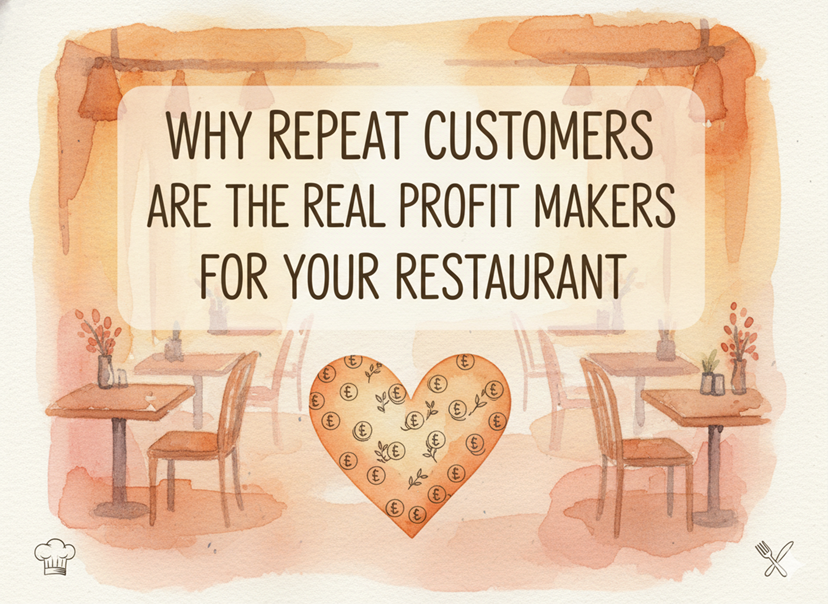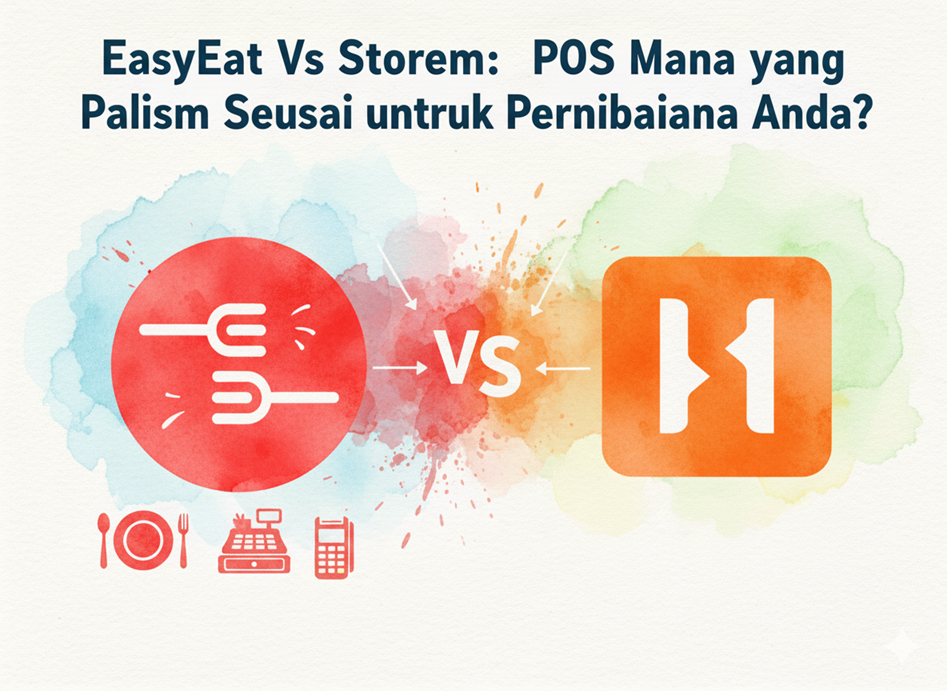Managing a food court is a balancing act. Customers today expect variety, quality, and quick service, and curating the right mix of vendors is key to meeting those expectations. Whether they’re after quick bites, a healthy meal, or international cuisine, a thoughtfully selected range of food options can make a food court a go-to destination.
In this blog, we’ll explore why a balanced mix of vendors is important, the types of options you might want to consider, and how you can set your food court apart by catering to diverse customer tastes.
Why a Balanced Vendor Mix Matters
A food court with diverse offerings appeals to a wider audience. Imagine a family visiting a food court where one person wants a light salad, another craves spicy Asian dishes, and a third just wants a quick burger. With a balanced selection, everyone can find something they love.
Statistics show that customers are 35% more likely to visit a food court offering multiple types of cuisine. According to a 2023 study on customer preferences, 85% of people enjoy the variety that food courts offer, making it one of the most attractive aspects for visitors.
Types of Vendors to Include
When curating a mix of food court vendors, think about categories that cover customer needs, from classic fast food to globally inspired cuisine. Let’s dive into some key types of vendors to consider:
1. Quick Bites and Snacks
People often visit food courts for a quick meal or snack, especially during short lunch breaks or while shopping. Including quick bite vendors—like those selling sandwiches, wraps, burgers, and fries—meets this need. These vendors tend to be very popular, especially during peak hours when customers want fast service.
Quick bites account for nearly 45% of food court sales, according to a 2022 industry report, so having at least a few vendors in this category can boost foot traffic.
2. Healthy and Fresh Choices
As health-consciousness grows, more customers are looking for fresh, nutritious options. Smoothie bars, salad stations, and vendors offering fresh bowls or wraps with vegetables, lean proteins, and whole grains are popular choices.
A recent survey revealed that 68% of customers would choose a healthier option if it were available. Adding health-focused vendors can help attract a segment of customers who may otherwise skip food courts entirely in search of healthier alternatives.
3. International Cuisine
Offering international flavors not only attracts customers but also adds a unique vibe to the food court. People love exploring global dishes without traveling far, so vendors specializing in Italian, Mexican, Japanese, Thai, Indian, or Middle Eastern cuisine can be a big draw.
International food has become a staple in food courts worldwide, with 60% of food courts in urban areas now including at least one international vendor. Customers today appreciate variety, and international cuisine adds an exciting flavor to the overall experience.
4. Plant-Based and Vegetarian Options
As vegan and vegetarian diets continue to gain popularity, it’s essential to include vendors who specialize in plant-based meals. Customers today expect more than a simple veggie burger; they want creative, flavorful options that appeal to their dietary preferences.
In a study on dining trends, nearly 30% of diners said they are looking for plant-based or vegetarian meals when eating out. Plant-based options can cater to a growing market and create a more inclusive environment in your food court.
5. Local Favorites
Don’t forget the importance of local flavors. Partnering with vendors who serve regional favorites or showcase local ingredients can make your food court unique. This also supports local businesses and attracts customers who want to support their community.
Food courts that offer local foods often see higher customer loyalty, with customers 25% more likely to return if they find local and familiar options.
6. Dessert and Specialty Beverage Options
No food court is complete without dessert! Offering options like frozen yogurt, ice cream, smoothies, or specialty coffee adds a sweet finish to the dining experience. These options also attract people who might stop by just for a quick treat, expanding your customer base even further.
According to consumer studies, 30% of food court visitors stop at a dessert vendor before they leave. Specialty drinks, like boba tea or handcrafted coffee, are especially popular among younger customers.
Tips to Curate the Right Mix of Vendors
Now that you know the types of vendors that can appeal to different customer segments, here are a few tips on how to curate your food court’s lineup to maximize customer satisfaction and revenue.
1. Conduct Customer Research
Before selecting vendors, understand your audience’s preferences. A quick survey or feedback form can give you insights into the types of food your customers want to see.
For instance, if you’re located near a college, you may want to add affordable, trendy options that appeal to students. Alternatively, if your food court is in a business district, offering quick yet high-quality lunch options might be the focus.
2. Consider Seasonal or Rotating Vendors
Some food courts use pop-up vendors or rotating stalls to keep things fresh. Seasonal or rotating options bring excitement to the food court and give customers a reason to return. You might have a vendor selling hearty soups in the winter or refreshing smoothies in the summer.
Rotating vendors can also allow you to test new options and see how they perform without a long-term commitment.
3. Ensure Quality and Consistency
It’s not just about the variety; the quality of each vendor is also crucial. Regularly monitoring food quality, cleanliness, and customer service across all vendors helps ensure a positive experience for visitors. If one vendor receives consistent complaints, it might be time to make a change.
Remember, 60% of customers will avoid a food court if they have a bad experience with a vendor, as poor reviews tend to impact all vendors in shared spaces.
4. Encourage Collaboration Among Vendors
Sometimes vendors can collaborate, offering combo deals that make meals more enticing for customers. For example, a burger vendor might pair up with a dessert stall to offer a meal-and-treat combo. These partnerships benefit vendors and encourage customers to spend more.
Marketing the Variety in Your Food Court
Once you’ve curated a diverse range of vendors, it’s essential to promote it. Customers may not be aware of the unique options available, so consider these marketing strategies:
- Social Media Campaigns: Highlight different vendors on social media. Run features on each vendor, showcase their best dishes, or offer promotions to attract new visitors.
- In-Court Promotions: Digital signage or poster boards can promote meal deals, combos, or new arrivals. Include enticing photos of the different dishes available to catch customers’ attention.
- Customer Loyalty Programs: Create a loyalty program that encourages repeat visits, such as a points system that can be redeemed at any vendor. This also builds a sense of community and encourages customers to try various options.
- Offer Tastings or Sample Days: People love free samples! Arrange days where each vendor offers small samples to help customers discover new favorites. This strategy can boost sales, as 72% of customers say they’re more likely to buy a dish they’ve sampled.
Creating a food court that appeals to everyone requires a thoughtful mix of vendors, focusing on quick bites, healthy options, international flavors, local favorites, plant-based meals, and of course, dessert. By meeting these different customer needs, you’re setting your food court up for success and building a loyal customer base.
Invest time in vendor selection, maintain quality, and keep your offerings fresh and engaging. With the right approach, your food court will not only thrive but become a favorite destination for diverse dining experiences.




